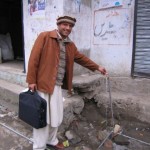
The earthquake that hit Pakistan in October 2005 shifted the flow of freshwater springs and broke pipes that transported clean water from mountain springs through gravity-fed pipe systems. In some cases, the earthquake damaged reservoirs and spring protection chambers. In the Jambori and Hillcot Villages in the Siran Valley, the population began relying on river water for drinking, cooking, and bathing, causing people to contract illnesses from drinking contaminated water.
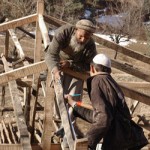
In the fall, people living in Pakistan’s mountainous terrain at 5,000 feet above sea level usually start moving into the valleys to pass the winter, but the devastating earthquake in October 2005 disrupted this cycle. Subsistence farmers who store their wealth in wood supplies, food, animals, and fodder feared their entire net worth could be stolen if they left their assets unguarded.
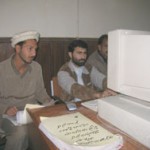
Putting in place computer information systems to manage assistance eases relief and recovery efforts and helps relief workers assess priorities. Following the October 2005 earthquake, as villagers received care from first responders, there was a need to systematically record who received what and to identify those who needed care most.
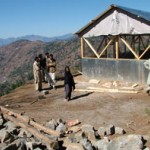
. Working with the people of Bagh, USAID is helping students return to school and villagers rebuild a community.
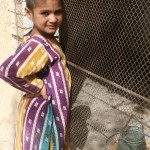
The rugged Mastung District in Pakistan’s Balochistan province is a vast desert — a sparsely populated area stretching across 6,045 square kilometers. Plagued by drought and poverty, residents subsist on farming and livestock. Wheat forms the staple of their diet, supplemented by lentils and vegetables. Chicken and eggs, when available, provide the only animal protein in local diets. Meat is a luxury reserved for special occasions or guests. “For some people, 100,000 rupees ($1660) is not a large sum. But for us, even 5 rupees is a lot,” said Qaim Khan, an elderly man from Ghausabad village in Mastung.








Comment
Make a general inquiry or suggest an improvement.